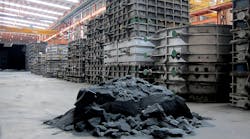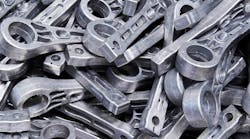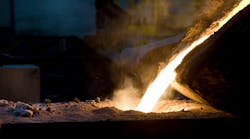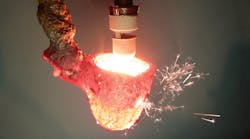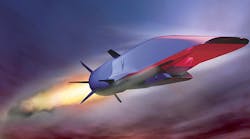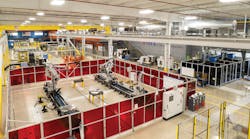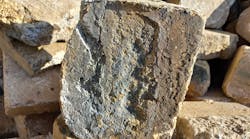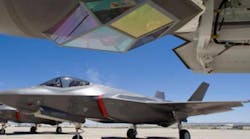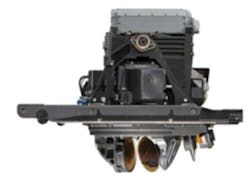IBC Engineered Materials Corp. is working to qualify its proprietary Beralcast alloys and investment casting process with Lockheed Martin Corporation, specifically with the OEM's F-35 Electro-optical Targeting System (EOTS) team. The EOTS is a lightweight, multi-function system for air-to-air and air-to-surface targeting capability on the F-35 Lightning II — the single-engine, “Stealth” enabled fighter jet that Lockheed Martin Aeronautics (and numerous suppliers) have been building for U.S. and U.K. defense programs since 2006.
The jets, originally described as the Joint Strike Fighter, are deployed for ground attack, reconnaissance, and air-defense missions.
IBC Engineered Materials casts beryllium-based alloys at a new foundry it developed in Wilmington, MA, and started up in 2011 following the purchase of the former Beralcast Corp. by IBC Advanced Alloys Corp., which produces beryllium-based alloys and related products for several industrial sectors.
The latter company reported IB-EMC is working with Lockheed to demonstrate the technical and commercial viability of Beralcast alloys as effective alternatives to improve lead-time and affordability for beryllium-aluminum aerospace components.
Beralcast alloys are described as “high-modulus alloys” that are three times stiffer and 22% lighter than aluminum, and can be investment cast as simple or complex parts with precision.
IB-EMC has cast several advanced prototype parts that are being used to evaluate Beralcast for several structural and sub-system aerospace parts.
The parent company reported the first phase of the project involved studies of Beralcast alloys for use on specific optical components on Lockheed Martin's F-35 Lightning II aircraft.
As described by Lockheed, the Electro-optical Targeting System is a low-drag structure integrated into the F-35 Lightning II's fuselage, with a sapphire window, and is linked to the aircraft's integrated central computer by a high-speed fiber-optic interface.
IBC said the collaboration with Lockheed Martin is also allowing it to demonstrate expertise and rapid prototyping and advanced materials capabilities for investment castings.
Ray White, president of IB-EMC, the investment casting foundry, said the efforts would demonstrate to Lockheed “the viability of our Beralcast alloys and cast components as mechanically compliant and cost-effective components for the F-35 Lightning II program.
White explained that Beralcast alloys could be used in “virtually any high-performance application requiring complex, lightweight, and high-stiffness parts, and can be substituted for aluminum, magnesium, titanium, metal matrix composites as well as pure beryllium or powder metallurgy beryllium-aluminum.”

